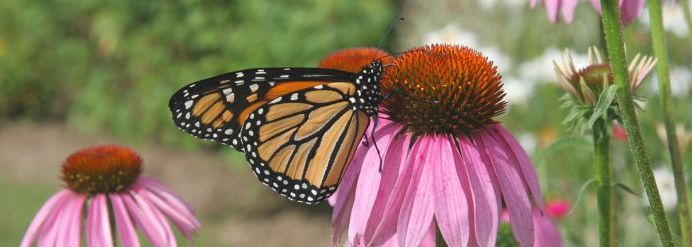Ah, that first sip of apple cider. Apples are perfect for snacking, baking and making into cider. As with any crop, apples can sometimes develop issues that affect their appearance, taste and overall quality. Let’s get into the common problems that apple trees and their fruit can have as well as learn some tips on how to prevent these issues from developing on your local goods!
Apple scab
Apple scab is a fungal disease that typically appears as dark, scaly lesions on the fruit's skin. These lesions can make apples less visually appealing, and severe infections can impact fruit quality.
Solution: To prevent apple scab, consider using disease-resistant apple tree varieties and practicing good orchard sanitation by removing fallen leaves and fruit at the end of the season. Fungicides can also help control the disease.
Bitter pit
Bitter pit is a physiological disorder that affects apples and it manifests as small, sunken spots on the fruit's surface. These spots can become brown and corky, making affected apples unpalatable. Bitter pit is typically related to calcium deficiencies in the fruit, which can be exacerbated by irregular watering.
Solution: Proper irrigation management and ensuring that apple trees receive adequate calcium can help prevent this issue.
Codling moth damage
Codling moths are notorious apple pests. The larvae of these moths tunnel into apples, leaving behind trails of frass (insect excrement) and causing brown, corky scars on the apple skin.
Solution: To combat codling moths, use pheromone traps, maintain good orchard hygiene by removing infested fruit and consider applying insecticides at the right time in the moth's life cycle.
Maggot infestation
Apple maggots are another common apple pest. The larvae burrow into apples, creating tunnels and causing fruit to prematurely drop from the tree.
Solution: To prevent apple maggot infestations, use apple maggot traps and practice proper fruit thinning to reduce overcrowding, which can make apples more susceptible to infestation.
Brown rot
Brown rot is a fungal disease that affects apples, leading to brown, rotting spots on the apple skin. It is more common in humid conditions and often occurs after periods of rain.
Solution: To prevent brown rot, ensure proper air circulation within the apple tree's canopy, avoid overhead irrigation and promptly remove and discard any infected fruit.
Purchase local goods, like apples
Whenever possible, you should support local and small businesses by purchasing local goods from them. While it can be easier to buy apples and other diverse produce at a corporate store, you can find fresher, tastier apples at a local apple orchard. Contact us today if you want to learn more about where you can find local produce!















